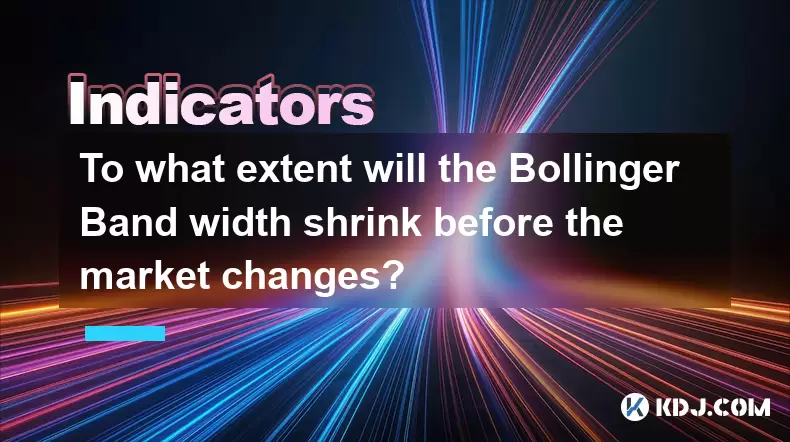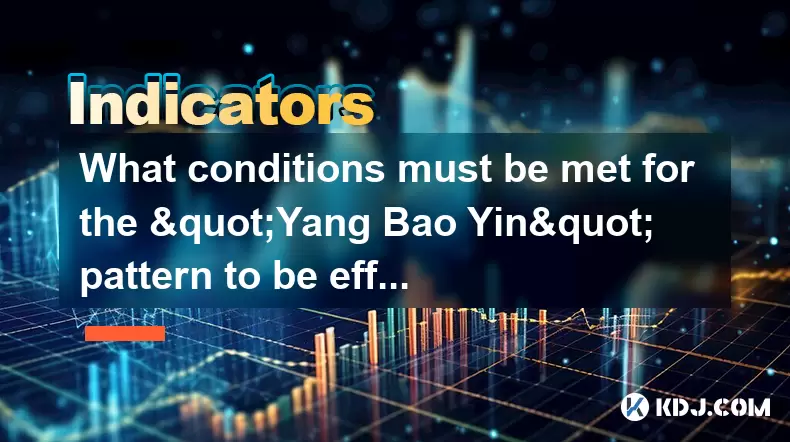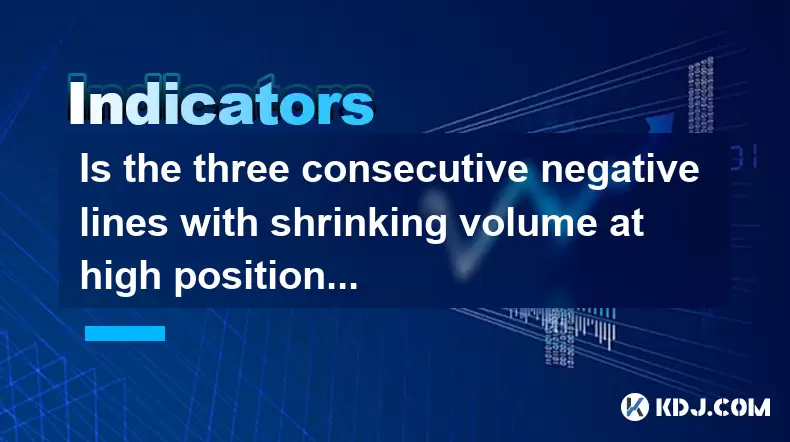-
 Bitcoin
Bitcoin $105,369.1740
0.87% -
 Ethereum
Ethereum $2,550.9606
1.32% -
 Tether USDt
Tether USDt $1.0005
-0.02% -
 XRP
XRP $2.1607
1.80% -
 BNB
BNB $651.6702
0.45% -
 Solana
Solana $146.7139
1.90% -
 USDC
USDC $0.9998
0.02% -
 Dogecoin
Dogecoin $0.1778
2.78% -
 TRON
TRON $0.2707
-0.48% -
 Cardano
Cardano $0.6378
0.93% -
 Hyperliquid
Hyperliquid $42.1936
6.54% -
 Sui
Sui $3.0488
1.69% -
 Chainlink
Chainlink $13.2642
0.27% -
 Bitcoin Cash
Bitcoin Cash $437.7194
8.28% -
 UNUS SED LEO
UNUS SED LEO $9.0411
1.46% -
 Avalanche
Avalanche $19.3174
1.29% -
 Stellar
Stellar $0.2604
1.22% -
 Toncoin
Toncoin $3.0238
2.05% -
 Shiba Inu
Shiba Inu $0.0...01213
3.55% -
 Hedera
Hedera $0.1585
2.02% -
 Litecoin
Litecoin $86.3062
3.81% -
 Polkadot
Polkadot $3.8195
0.72% -
 Ethena USDe
Ethena USDe $1.0006
0.01% -
 Monero
Monero $311.8119
1.00% -
 Dai
Dai $0.9998
-0.01% -
 Bitget Token
Bitget Token $4.5587
0.91% -
 Pepe
Pepe $0.0...01117
4.90% -
 Uniswap
Uniswap $7.4682
4.44% -
 Pi
Pi $0.5863
5.46% -
 Aave
Aave $286.1285
6.23%
To what extent will the Bollinger Band width shrink before the market changes?
A shrinking Bollinger Band width signals low volatility and often precedes a significant price breakout in crypto markets.
Jun 13, 2025 at 06:35 pm

Understanding the Bollinger Band Width and Its Significance
The Bollinger Band width is a critical technical analysis tool used in cryptocurrency trading to measure market volatility. It consists of three lines: a simple moving average (SMA), an upper band, and a lower band. The distance between the upper and lower bands reflects the level of volatility in the market. When the Bollinger Band width shrinks, it indicates that price movements are becoming more compressed, often signaling a potential breakout or reversal.
In the context of crypto markets, which are known for their high volatility, monitoring the Bollinger Band width becomes even more essential. Traders often rely on this metric to anticipate significant price changes before they occur.
How Bollinger Bands React During Low Volatility Periods
During periods of low volatility, the Bollinger Band width contracts as the price consolidates within a narrow range. This contraction occurs because the standard deviation used to calculate the bands decreases. In such situations, the upper and lower bands move closer to the middle SMA line.
For example, if Bitcoin’s price has been fluctuating between $29,000 and $30,000 for several days without any sharp moves, the Bollinger Band width will shrink. This narrowing can be observed across different timeframes — from 1-hour charts to daily charts. The tighter the bands, the higher the probability of an impending breakout.
It's important to note that a shrinking Bollinger Band width doesn't indicate the direction of the breakout — only that one is likely to happen.
Historical Patterns in Crypto Markets
Looking at historical data from major cryptocurrencies like Bitcoin and Ethereum, there have been numerous instances where the Bollinger Band width contracted significantly before a substantial price movement. One notable example occurred in mid-2023 when Ethereum’s price remained relatively flat for over a week, causing the Bollinger Bands to tighten dramatically. Shortly after, ETH experienced a rapid price surge of over 20% in just two days.
These patterns suggest that traders should pay close attention to the Bollinger Band width during consolidation phases. While the exact threshold for how much the bands must contract before a move isn’t fixed, repeated observations show that extreme contraction often precedes strong directional moves.
Measuring the Bollinger Band Width Mathematically
To quantify the Bollinger Band width, traders can use the following formula:
Band Width = (Upper Band - Lower Band) / Middle BandThis calculation gives a percentage value that represents the current band width relative to the middle line. A declining percentage indicates decreasing volatility, while an increasing percentage signals rising volatility.
Traders can plot this band width indicator alongside the price chart to visually assess when the bands are reaching historically tight levels. Many trading platforms offer this as a built-in indicator, making it easier to track in real-time.
Here’s how to set up the Bollinger Band width indicator on most platforms:
- Navigate to the indicators section
- Search for "Bollinger Band Width" or "BB Width"
- Apply it to the chart
- Adjust settings if necessary (default is usually 20-period SMA and 2 standard deviations)
Interpreting Tightening Bands in Live Trading
When observing a shrinking Bollinger Band width, traders typically look for additional confirmation signals before entering a trade. These include volume spikes, candlestick patterns, or momentum oscillator divergences.
For instance, if the Bollinger Band width is at its lowest point in 30 days, and suddenly there's a surge in trading volume accompanied by a bullish engulfing candlestick pattern, it could signal a strong upward move.
Some traders also combine the Bollinger Band width with other tools like the Relative Strength Index (RSI) or Moving Average Convergence Divergence (MACD) to filter out false breakouts. The key is not to rely solely on the Bollinger Band width, but to use it as part of a broader strategy.
Common Misinterpretations and Pitfalls
One common mistake among novice traders is assuming that a shrinking Bollinger Band width automatically signals an imminent breakout. However, some assets can remain in tight ranges for extended periods without any significant price action. This is especially true in sideways markets where no clear trend exists.
Another pitfall is failing to adjust the Bollinger Band settings based on the asset being traded. For example, using default parameters (20-period SMA and 2 standard deviations) might not work well for altcoins with erratic price behavior. Experimenting with different timeframes and multipliers can help fine-tune the indicator for better accuracy.
Additionally, many traders overlook the importance of market context. A tightening Bollinger Band width during a strong uptrend may behave differently than during a bearish phase. Always consider the larger trend and support/resistance levels when interpreting this indicator.
Frequently Asked Questions
What does a zero Bollinger Band width mean?
A zero or near-zero Bollinger Band width would imply that the upper and lower bands are overlapping, which is extremely rare. It would suggest an almost complete lack of price movement, possibly due to halted trading or a highly illiquid market condition.
Can Bollinger Band width be used for all cryptocurrencies?
Yes, the Bollinger Band width can be applied to any cryptocurrency chart. However, its effectiveness may vary depending on the liquidity and volatility of the specific coin or token being analyzed.
Is there a standard threshold for Bollinger Band width contraction?
There is no universally accepted threshold for how much the Bollinger Band width must shrink before a breakout. Traders often compare current width values to historical averages or look for extreme contractions relative to recent price behavior.
How often should I check the Bollinger Band width?
The frequency depends on your trading strategy. Day traders may monitor it every few minutes, while swing traders might review it once per day or per week. Setting alerts on trading platforms can help automate this process.
Disclaimer:info@kdj.com
The information provided is not trading advice. kdj.com does not assume any responsibility for any investments made based on the information provided in this article. Cryptocurrencies are highly volatile and it is highly recommended that you invest with caution after thorough research!
If you believe that the content used on this website infringes your copyright, please contact us immediately (info@kdj.com) and we will delete it promptly.
- 1inch reveals how to make decentralized finance (DeFi) truly secure and institutionally acceptable.
- 2025-06-14 13:30:12
- Neo Pepe Coin ($NEOP) Is the New King of Memecoins. Here's Why Whales Are Betting on It
- 2025-06-14 13:30:12
- The cryptocurrency market experienced a notable upswing on Wednesday, June 14, 2024, with many digital assets posting significant gains.
- 2025-06-14 13:25:12
- Michael Saylor Declares the Era of Crypto Winters Is Officially Over
- 2025-06-14 13:25:12
- Corporate Bitcoin Reserve Strategy taking flight…
- 2025-06-14 13:20:13
- Dogecoin (DOGE) price just crossed a critical psychological level, and both the hourly and daily charts suggest this move might not be a fluke.
- 2025-06-14 13:20:13
Related knowledge

How to calculate the probability of trend continuation after the MACD column divergence?
Jun 14,2025 at 08:01am
Understanding MACD Column DivergenceThe Moving Average Convergence Divergence (MACD) is a widely used technical indicator in cryptocurrency trading. The MACD column, also known as the histogram, represents the difference between the MACD line and the signal line. When price makes a new high or low but the MACD histogram does not confirm this movement, a...

What are the volume requirements for adjusting the K line in the "rising three methods" pattern?
Jun 14,2025 at 07:50am
Understanding the 'Rising Three Methods' Pattern in Cryptocurrency TradingThe 'rising three methods' pattern is a bullish continuation candlestick formation that traders often use to identify potential upward momentum in cryptocurrency price charts. This pattern typically appears during an uptrend and suggests that the trend is likely to continue after ...

What conditions must be met for the "Yang Bao Yin" pattern to be effective?
Jun 14,2025 at 06:42am
Understanding the 'Yang Bao Yin' Pattern in Cryptocurrency TradingThe Yang Bao Yin pattern is a candlestick formation commonly observed in technical analysis within the cryptocurrency market. This pattern typically signals a potential bullish reversal after a downtrend. However, for this pattern to be effective and reliable, certain conditions must be m...

Is the three consecutive negative lines with shrinking volume at high positions a signal that the main force has finished shipping?
Jun 14,2025 at 09:56am
Understanding the Concept of Three Consecutive Negative LinesIn cryptocurrency trading, three consecutive negative lines refer to a situation where an asset's price chart shows three successive candlesticks with closing prices lower than their opening prices. This pattern typically indicates bearish sentiment in the market. When this occurs at high posi...

Is it an opportunity for the long positive line with large volume to break through the platform and then shrink back?
Jun 14,2025 at 04:42am
Understanding the Long Positive Line with Large VolumeIn technical analysis, a long positive line refers to a candlestick pattern where the closing price is significantly higher than the opening price, often indicating strong buying pressure. When this occurs alongside large volume, it suggests that market participants are actively involved in pushing t...

How to grasp the 60-minute KD oversold + 15-minute bottom divergence?
Jun 14,2025 at 06:15am
Understanding the 60-Minute KD Oversold SignalThe KD indicator, also known as the Stochastic Oscillator, is a momentum oscillator that compares a particular closing price of a cryptocurrency to its price range over a given time period. When analyzing 60-minute charts, traders often look for oversold conditions in the KD line, which typically occur when ...

How to calculate the probability of trend continuation after the MACD column divergence?
Jun 14,2025 at 08:01am
Understanding MACD Column DivergenceThe Moving Average Convergence Divergence (MACD) is a widely used technical indicator in cryptocurrency trading. The MACD column, also known as the histogram, represents the difference between the MACD line and the signal line. When price makes a new high or low but the MACD histogram does not confirm this movement, a...

What are the volume requirements for adjusting the K line in the "rising three methods" pattern?
Jun 14,2025 at 07:50am
Understanding the 'Rising Three Methods' Pattern in Cryptocurrency TradingThe 'rising three methods' pattern is a bullish continuation candlestick formation that traders often use to identify potential upward momentum in cryptocurrency price charts. This pattern typically appears during an uptrend and suggests that the trend is likely to continue after ...

What conditions must be met for the "Yang Bao Yin" pattern to be effective?
Jun 14,2025 at 06:42am
Understanding the 'Yang Bao Yin' Pattern in Cryptocurrency TradingThe Yang Bao Yin pattern is a candlestick formation commonly observed in technical analysis within the cryptocurrency market. This pattern typically signals a potential bullish reversal after a downtrend. However, for this pattern to be effective and reliable, certain conditions must be m...

Is the three consecutive negative lines with shrinking volume at high positions a signal that the main force has finished shipping?
Jun 14,2025 at 09:56am
Understanding the Concept of Three Consecutive Negative LinesIn cryptocurrency trading, three consecutive negative lines refer to a situation where an asset's price chart shows three successive candlesticks with closing prices lower than their opening prices. This pattern typically indicates bearish sentiment in the market. When this occurs at high posi...

Is it an opportunity for the long positive line with large volume to break through the platform and then shrink back?
Jun 14,2025 at 04:42am
Understanding the Long Positive Line with Large VolumeIn technical analysis, a long positive line refers to a candlestick pattern where the closing price is significantly higher than the opening price, often indicating strong buying pressure. When this occurs alongside large volume, it suggests that market participants are actively involved in pushing t...

How to grasp the 60-minute KD oversold + 15-minute bottom divergence?
Jun 14,2025 at 06:15am
Understanding the 60-Minute KD Oversold SignalThe KD indicator, also known as the Stochastic Oscillator, is a momentum oscillator that compares a particular closing price of a cryptocurrency to its price range over a given time period. When analyzing 60-minute charts, traders often look for oversold conditions in the KD line, which typically occur when ...
See all articles

























































































